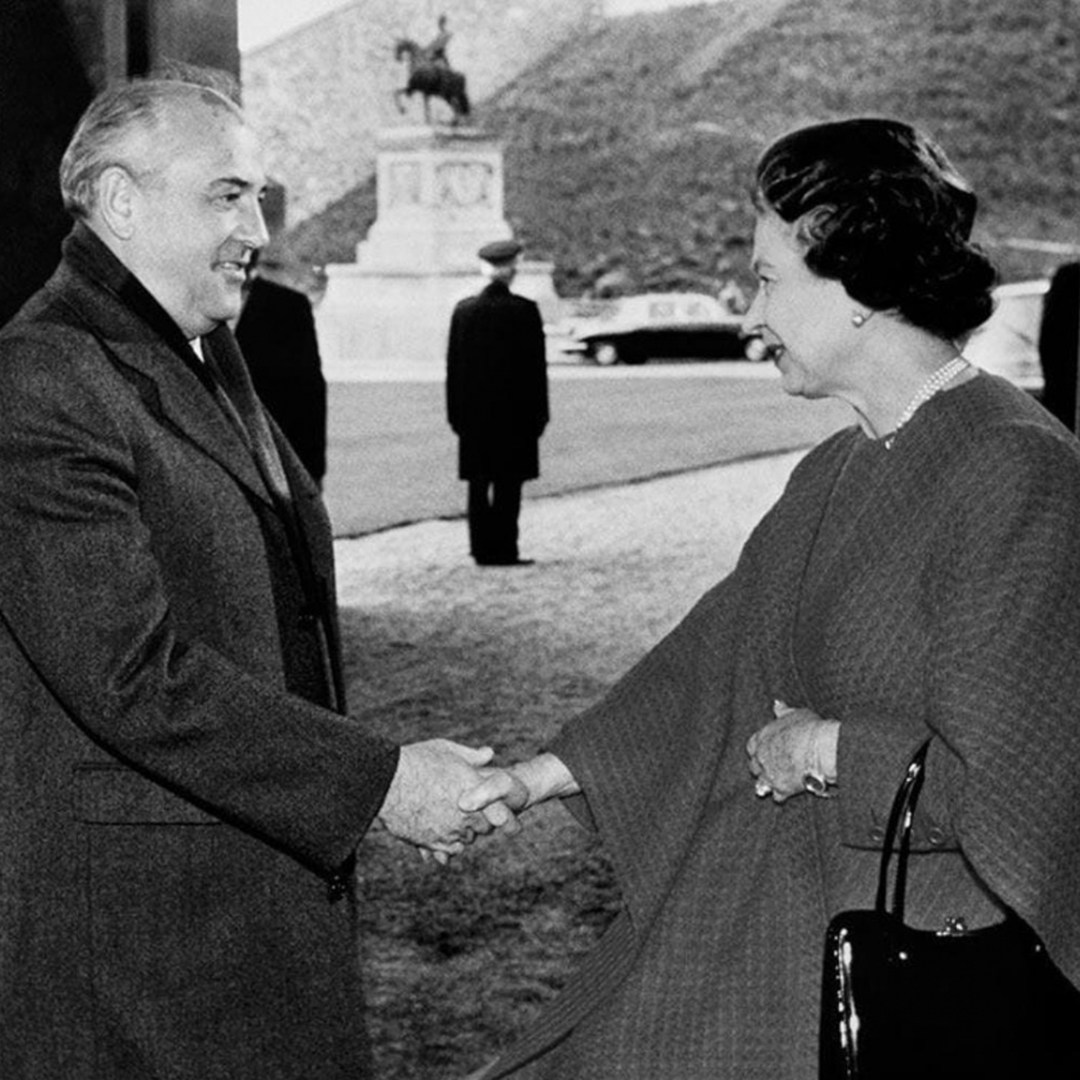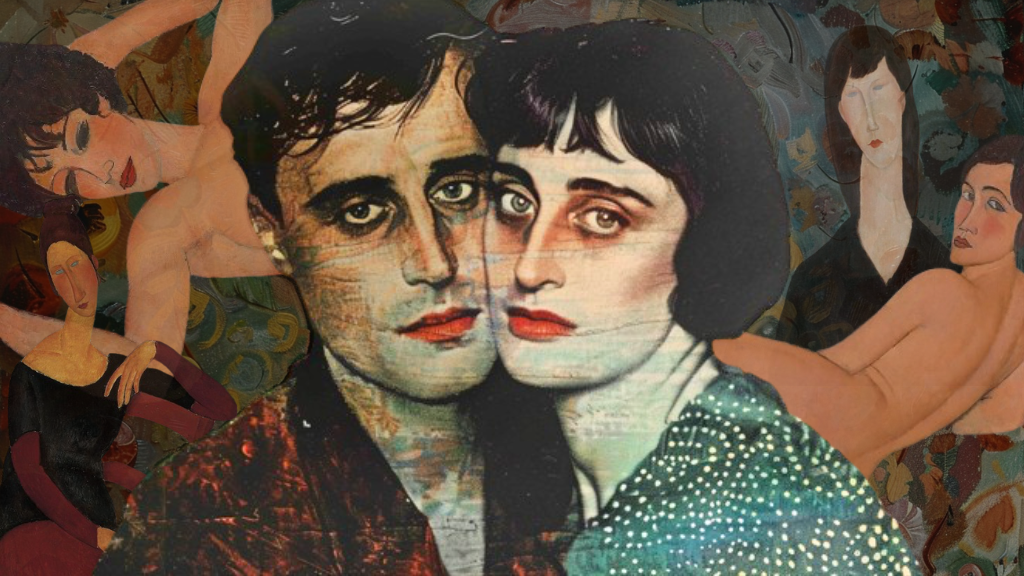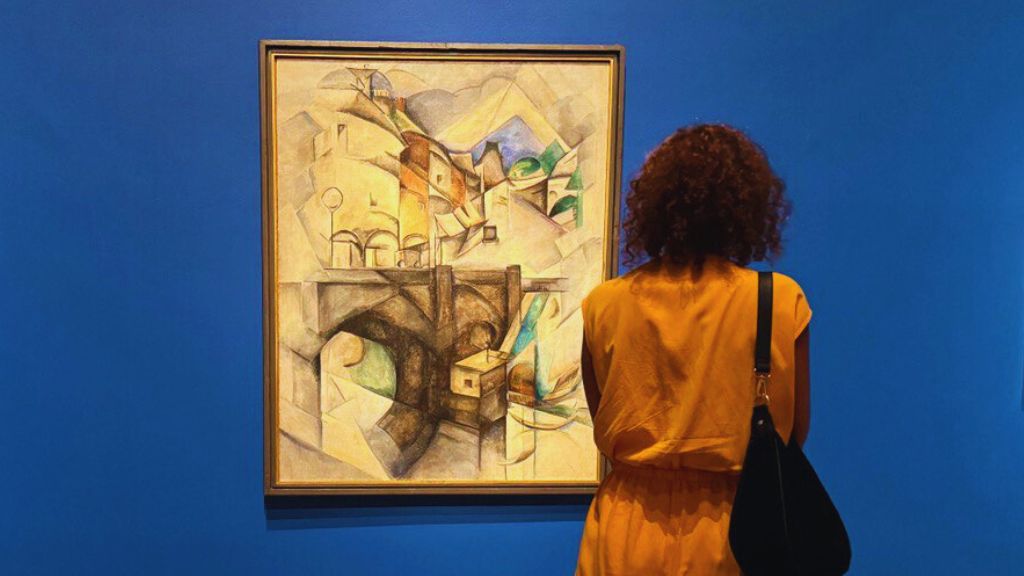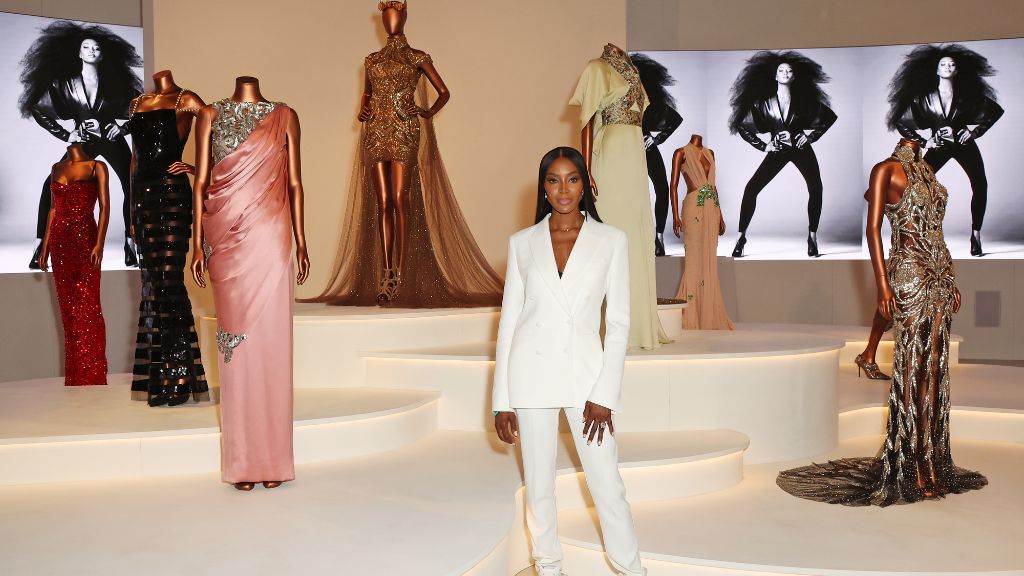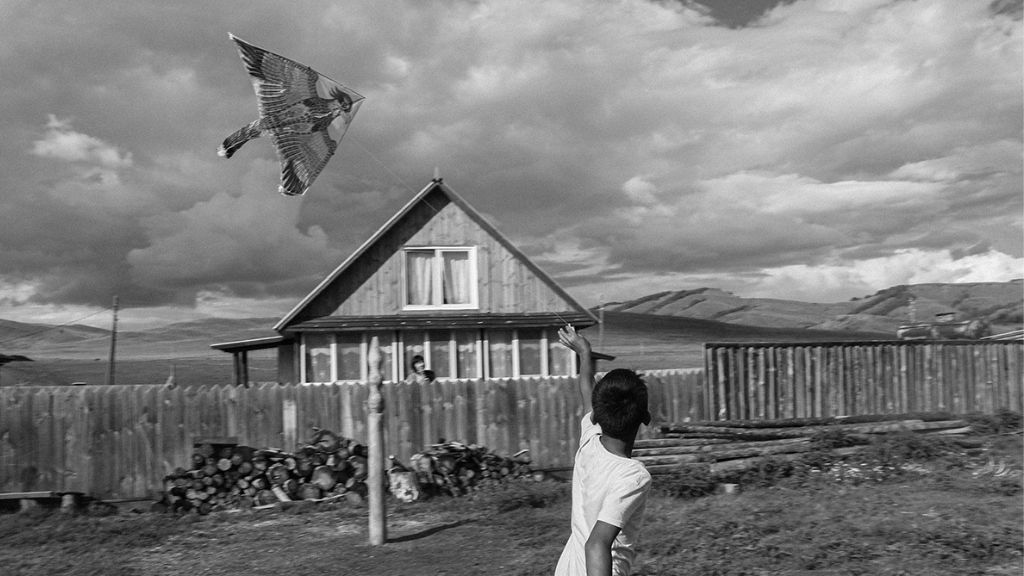
Elizabeth II and Russia: a visit to Moscow, a box for Yeltsin and the impressions of eyewitnesses
On September 8, 2022, Queen Elizabeth II of Great Britain passed away, and the whole world mourns the loss. Over the 70 years of her reign, she became a mother of 4 children, a grandmother for 20 grandchildren and great-grandchildren, and an idol for millions. In Russia, the Queen is respected, her only visit to Russia and the legendary dinner with Gagarin are remembered. Afisha.London magazine traced the connections of the royal house with Russia and took comments from those who were lucky enough to meet Elizabeth in Moscow.
Romanovs and Windsors
Britain and Russia. Perhaps it would sound surprising that such distant countries have more in common than it seems at first glance. There is an inseparable connection between the Romanov dynasty and Queen Elizabeth, along several lines. First of all, the Queen’s husband, Prince Philip, was the great-grandson of Nicholas I. His grandmother Olga Konstantinovna Romanova married the King of Greece Andrei of Greece and Denmark.
The queen herself also has family ties with the Romanovs. Elizabeth’s grandfather, George V, was a cousin of Nicholas II. Contemporaries of the emperor and king noted: brothers were incredibly similar. That is why the queen and the prince experienced conflicting, but undoubtedly warm feelings towards Russia.
- Nicholas II and George V. Photo: www.twimg.com
- Soviet President Mikhail Gorbachev greets Queen Elizabeth II at the entrance to Windsor Castle, April 1989. Photo: PA Images/TASS
Elizabeth’s great-great-grandmother, Queen Victoria, also had close ties to Russia. Around 1836–1838, Crown Prince Alexander II went on a trip to Europe. His father, Nicholas I, armed the young Tsarevich with a list of worthy brides, among whom Alexander should have chosen a wife. The list included European aristocrats, princesses and nobles, but the princess of England was not on it. Despite this, the prince went to London to meet the young Victoria. After the first visit, the girl noted the manners and stateliness of the Russian guest, and Alexander — the charm, sense of humour and youth of the interlocutor.
The close circle of the royal people knew about the interest of the prince and princess in each other, but the romance could not go beyond a short passion — for Britain and Russia, this union was unprofitable and even dangerous. In the event of a marriage, one of the parties would have to give in: either Alexander should leave his homeland and became a king consort under Victoria, or Victoria would go to mysterious Russia.
Perhaps it was these close ties that were the reason why Queen Elizabeth and Prince Philip had conflicting, but undoubtedly warm feelings towards Russia.
Follow us on Twitter for news about Russian life and culture
Space communications
During the reign of Elizabeth II, on April 12, 1961, a man first flew into space. This first person was a citizen of the Soviet Union — Yuri Gagarin. The eyes of the whole world, including the eyes of the Queen, were riveted to his person.
After returning to his home planet, Yuri went on a “Mission to the World” — now the program would be called a tour, but then it was an international trip. The plans included visiting 20 countries, including the UK. The legendary and amazing meeting took place: the British Queen and a young man from Klushino were sitting at the same table.
Gagarin did not know etiquette, according to rumours, he ate a lemon slice caught from tea, but quickly found a common language with the Queen. Elizabeth even asked him to take a picture together, after which she received a flurry of accusations, which she easily dodged. It is forbidden for aristocrats to take pictures with ordinary people, but Elizabeth replied that Gagarin is a heavenly person, which means that the usual rules do not apply.
Read more: Yuri Gagarin in London: how to impress the queen and become a hero of Britain
Cold times
Even at the height of the Cold War, the Queen of Britain did not miss the opportunity to help melt the ice between West and East. In 1967, USSR Foreign Minister Alexei Kosygin and his wife came to London, and in 1970 famous film director Sergei Bondarchuk visited the capital.
The Queen met General Secretary of the KPSS Central Committee Mikhail Gorbachev in 1989 at Windsor Castle. Elizabeth gave the head of the Union a short tour, which was symbolic: Gorbachev became the first leader of the USSR, who was honoured to see the royal estate. Perhaps it was then that resentment at the old crimes of the Soviet government in relation to the Romanov family began to subside.
The second meeting took place 2 years later — in 1991 at the G7 summit in London. We wrote more about how Britain discovered Gorbachev, and Gorbachev discovered Britain, in this article.
Russia and the Queen
Once the communist regime collapsed, it was only a matter of time before a full resumption of relations with the royal family was possible. The Queen’s first and only visit to Russia took place in 1994. Then President Yeltsin led the country.
Interesting fact: Elizabeth II became the first reigning monarch to set foot on Russian lands. As early as the 16th century, there were attempts to establish direct contact between the monarchs of Russia and Great Britain: Ivan the Terrible offered Elizabeth I to tie the countries by the bonds of their own marriage. As we know from history, the attempt failed. In total, eleven messages of the Russian Tsar to the British Queen are known.
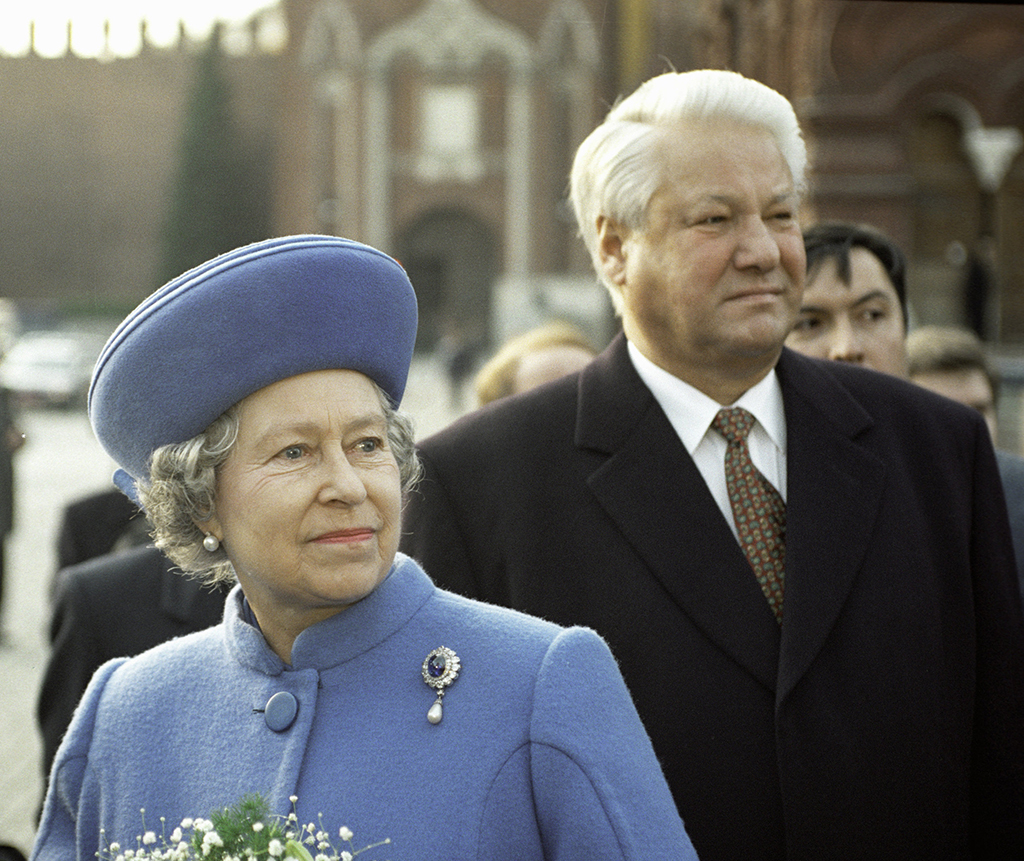
Russian President Boris Yeltsin and Queen Elizabeth II on Red Square, 1994. Photo: Dmitry Donskoy/Sputnik
The person it took most effort and time to agree to the trip was Prince Philip. He was directly related to the Russian Imperial House, and he even commented on this to reporters from the Daily Telegraph. The prince noted that the lessons of history remain in memory, but he hopes for the reunification of countries.
The preparations for the royal visit have put the Kremlin on its toes. Safety, dress code, etiquette, and even the color of the flowers presented to the queen — everything had to be right.
The meeting was remembered by the whole world: Yeltsin came very close to violating the royal protocol, almost touching the monarch in an attempt to help take off her coat, but the Queen famously dodged and there was no embarrassment. A small oversight did not prevent Elizabeth II from visiting St. Petersburg and presenting Yeltsin with a touching gift — a box with seeds from the royal garden.
The monarch managed to visit Tsarskoye Selo, the Assumption Cathedral, the Hermitage, the Mariinsky and Yusupov Palaces; meet with Patriarch Alexy II; enjoy a performance at the Bolshoi Theater and participate in the opening of the museum on Varvarka. In total, Elizabeth stayed in Russia for 4 days, during which she managed to fall in love with millions of Russians.
Incidentally, the sapphire brooch that the Queen chose for her first meeting with President Yeltsin used to be part of the decoration of the Russian Empress Maria Feodorovna, the sister of Alexandra of Denmark, who is the great-grandmother of Elizabeth II.
The most touching moment of a visit to Russia is a visit to school No. 1239 in Moscow. The children greeted the Queen with posters “Welcome, Your Majesty”, treated her to a traditional loaf of bread, junior classes performed an English-language miniature and senior kids presented a theatre performance. Queen Elizabeth II was accompanied by Moscow Mayor Luzhkov and Prince Philip. The Queen left Russia in style: on the royal yacht Britannia, which was moored to the shore of the Promenade des Anglais in St. Petersburg.
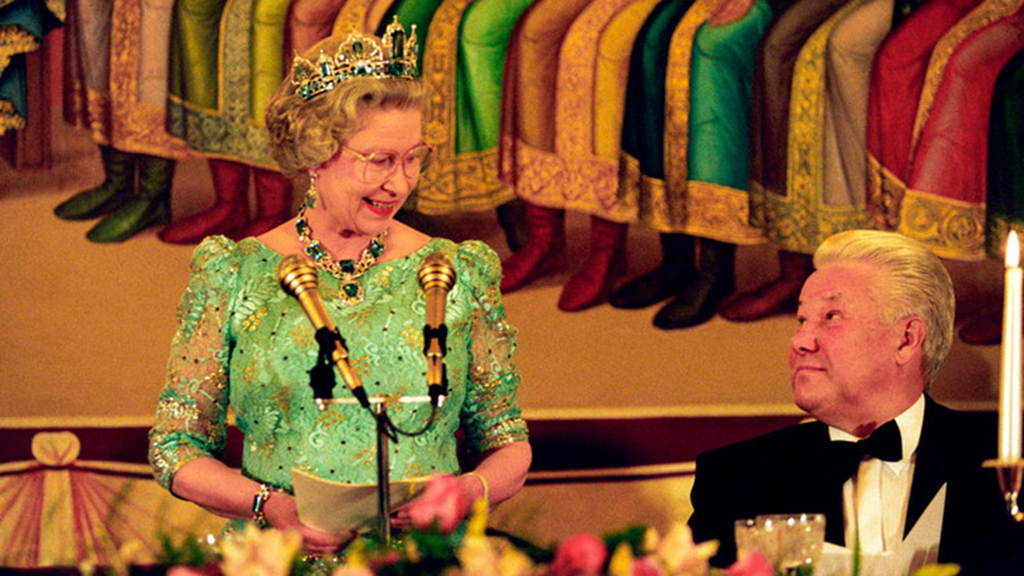
State Banquet of Queens Elizabeth II and Boris Yeltsin, Moscow, 1994. Photo: Getty Images
Bouquet for queens
To meet the Queen in person is an experience that will be remembered for a lifetime. Afisha.London reader Zhanna Macmillen was lucky enough to witness the Queen’s visit to Moscow and even be the reluctant hero of the reports of those years:
“My English husband and all the children of British subjects who wished were invited to the Anglican Church in Moscow in the morning to greet the Queen. At first, the Queen signed books — this was the formal part. Then everyone was asked to line up on the street. I was with my son Mitya, he was almost 3 years old, he was absolutely obsessed with cars. Even then, he had 3 toy cars in his hands.
I had a bouquet, and I persuaded Mitya to give it to the queen. Elizabeth approached us and instead of a bouquet, he gives her a car and only then holds out the bouquet, but begins to pull it towards him. It was, of course, a spectacle. I, like a mother, was ready to fall through the ground. But what do I do? The queen says gracefully, ‘Okay.’ And goes further. Of course, the paparazzi captured it all. The next day, all the media published this report.
At that moment I was not very cheerful, but the Queen herself reacted to this with a great sense of humour, easily and playfully. My son, of course, imagined that the Queen would look like a hero of a fairy tale by the Brothers Grimm, but here it was just a woman in a red coat and a red hat. And anyway, please let me drive her Rolls-Royce. That same evening we, as British subjects, were invited to the Bolshoi Theatre. For a reason that is not clear to me, President Yeltsin chose not the Russian ballet, not Tchaikovsky, but Giselle as the performance. The Queen watched closely, although she is not a big fan of the theatre. This is known to everyone. President Yeltsin dozed a little next to her. I think she enjoyed her evening.
I have many newspaper clippings from that time. They wrote: “The Queen’s visit to Moscow went off without a hitch, with the exception of a duel between the 3-year-old son of a British businessman and a Russian mother.” The press added colour.
I learned of the Queen’s death on Thursday evening. I got off the subway and saw my husband’s message. I had one thought: this is a very worthy life, this is a very worthy leave.
There are many queens and kings in the world. But I am sure that in every corner of the world, when they say QUEEN, everyone thinks of one — Elizabeth II. She was an absolutely incredible woman who left a good memory around the world. And we are all grateful that we lived with her. It so happened that I did manage to become her subject.
Yesterday I went to Buckingham Palace. It is incredibly touching to read the notes of people from different countries of the world. I plan to go again because there were a lot of people yesterday. I want to say goodbye. Say my farewells.
My attitude towards the Queen can be described by Tsvetaeva’s phrase:
“There are people of a certain era and there are eras that are embodied in people.”
The Queen is gone, the whole era is gone. I admire people who put duty first and personal second. There are not many of them in the world.”

Visit of Queen Elizabeth II to St. Petersburg, 1994
Queen and Russian Boy Scouts
The rich program of the queen’s travel around St. Petersburg and Moscow was not limited to school and sights. In the early 1990s, the first Boy Scouts appeared in Russia, among them Dmitry Shishkin, a digital media development consultant. In the year of the visit, he was a simple freshman of the journalism faculty of Moscow State University, but he still remembers this significant day, which he gladly shared with our magazine:
“Our scout squad ‘German settlement’ (Nemetskaya Sloboda) was invited to a meeting with the Queen. They told me to go to such and such a place near Vasyleevsky Spusk. There were 10 people.
I remember there was a funny incident. I left the geography class and wrote an explanatory note about where and why I need to go. Well, I simply wrote that I was going to the first meeting for Russia in the last 300 years with the British Queen. The teacher then interrupted the lecture and said: “While you are sitting here, studying, your colleague is going to meet with the British Queen.”
And there was another interesting case. I took with me the magazine ‘Echo of the Planet’, there was a photograph of the Queen on the front page. I went to the meeting, being absolutely sure that she would give me an autograph. It was only later that I was informed that royals don’t give autographs. We have been waiting for the meeting for a long time. At first it was day, then it got dark. By evening, we saw the limousine leaving, it stopped, and Prince Philip appeared. He was saying something to us, but it was quite difficult to understand him, because our conversational level was at the level of ‘well, good, okay.’ We were all students of a special school, but if you are not used to the English accent, then it is difficult to understand it.
We talked about scouting, then the Queen appeared. It didn’t really feel like anything special. It was almost an ordinary day. It may sound strange, but there was no solemnity.
A few months before the Queen’s visit, I visited England for the first time. It was cool. Who would have imagined that in the same year I would meet the Queen and the Prince, and after 3 years I would work for the BBC. And after 6 years I will move to England.”
Elizabeth and Putin
he next Russian president the Queen met in London was Vladimir Putin. In 2000, Putin visited Windsor Castle for the first time. The audience lasted no more than 30 minutes. In 2003, the second reception of the head of state was held at Buckingham Palace, which was attended by Prince Philip. As with many official receptions, Vladimir Putin was 12 minutes late for the meeting. The beginning of the meeting did not work out for another reason: the British Home Secretary’s dog barked at the Russian President. The Queen subsequently commented: “Dogs have interesting instincts.”
At the meeting, the President thanked the Queen for establishing bilateral relations. Seeing off the President of Russia, the Queen accidentally stayed for the same 12 minutes, thereby equalizing the score of a strange political game. Another short meeting between Putin and Elizabeth II took place in 2014 in France. In addition to Putin, then Barack Obama and Queen Margrethe II of Denmark met with the Queen.
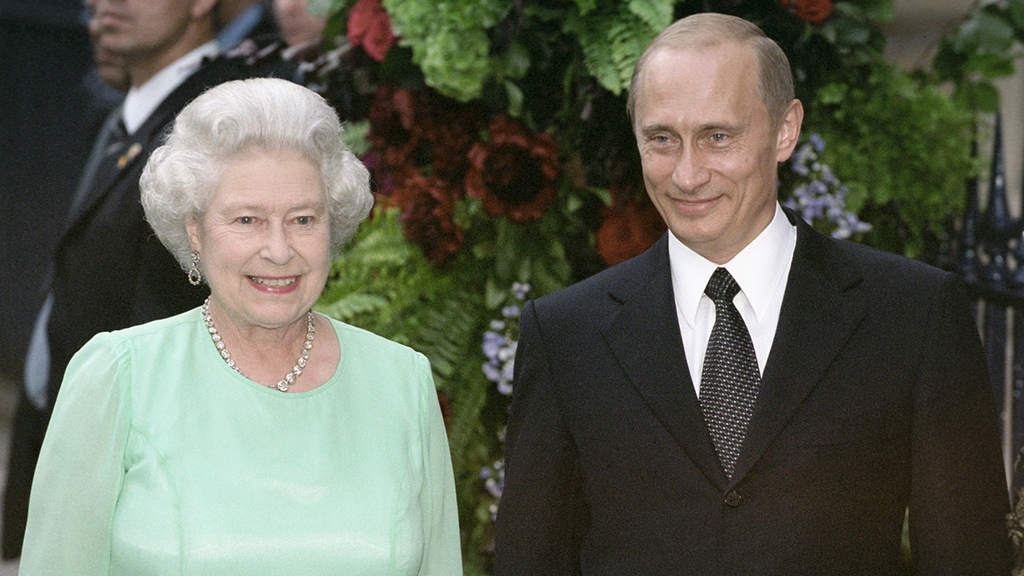
Meeting of Queens Elizabeth II and President Putin. Photo: Sergey Guneev/Sputnik
Russians have surprisingly tender feelings for Elizabeth, and on the day of the queen’s death, articles appeared in the official media that called the queen “the last living titan of the 20th century” and “the grandmother of all Britain.” And this is understandable: 70 years of reign were a guarantee of permanence: the world was changing rapidly, but the British had reliable support — Queen Elizabeth.
We hope that the visit of the British monarch (already new) to Russia will someday be repeated and the seeds of friendship presented to Yeltsin will sprout with new shoots and turn into a mighty tree of friendship that future generations of British and Russians will be able to admire.
Cover photo: V. Sneerson/ITAR-TASS
Read more:
Mikhail Reznikovych: “Even now, in wartime, people visit the theatre”
SUBSCRIBE
Receive our digest once a week with quality Russian events and articles

